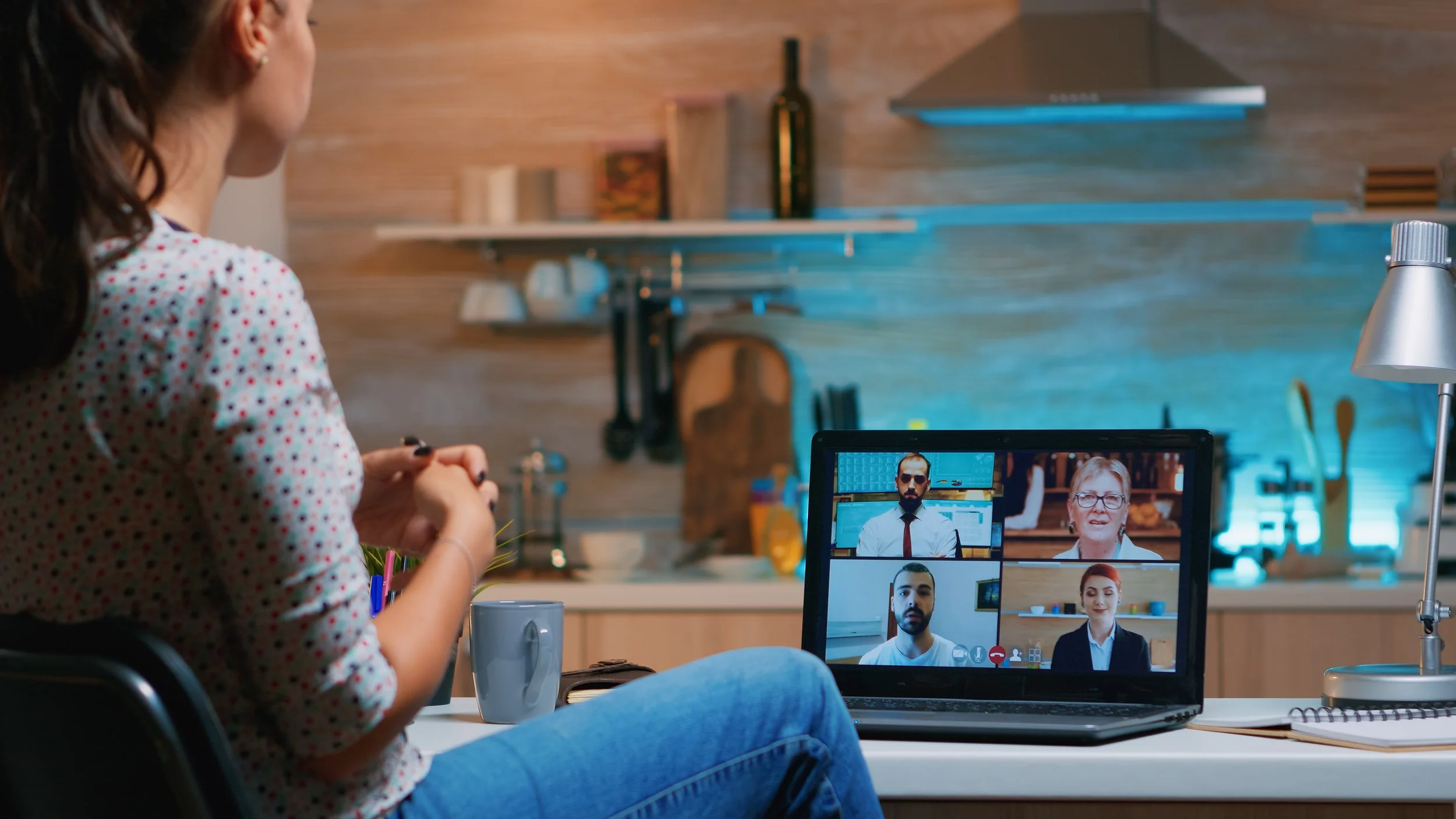Changemaker in Rare: Jeremy E. Lankford, M.D.
To truly understand the intricacies of a rare disease, it takes a rare type of doctor. Get to know the specialists who are at the forefront of rare disease research with our series, Changemakers in Rare.
Jeremy E. Lankford, M.D., Pediatric Neurologist
At only four years old, Jeremy Lankford already knew that he wanted to be a neurologist. Today, that dream has come true, but what makes that reality even sweeter for the now-veteran physician is that his expertise is focused on improving the lives of kids just like that young version of himself. Dr. Lankford is the former director of the child neurology residency program at UT Health Houston, where he specializes in pediatric epilepsy. He also treats patients in the child neurology and pediatric epilepsy units at Houston’s nearby Children’s Memorial Hermann. Read on to find out what makes Dr. Lankford especially passionate about pediatric neurology, and what gives him optimism when he looks at the future of rare disease.
Q&A with Jeremy E. Lankford
What led you to pursue your field of study?
Initially, my interest in neurology came from my mom. She had MS, and she tells me that when I was four, I told her that I wanted to be a neurologist when I grew up. Many years later I found out that there was such a thing as pediatric neurology, and it was just a perfect fit. I love being around children, I love helping families, and so child neurology has really been the field I’ve been angling towards my entire life. As far as epilepsy: epilepsy sort of brings in the opportunity for cure in neurology. And a cure is something we don’t get to say a lot in neurology, or in medicine in general. And so being a pediatric neurologist, seeing epilepsy, seeing the opportunity for cure, and seeing my devotion to patients, really there was no other way to go.
What do you find to be the most rewarding part of your work?
I really enjoy working with the patients: the way they look at life, the way they look at their own illnesses, the way they sometimes forget their own limitations—I think that’s really helpful. And the families as well. You know, we see a lot of patients who have been to multiple different centers, who have seen multiple different physicians and either haven’t come up with a diagnosis or don’t have a great plan. Being able to provide something for that family, even if it’s not ultimately a cure or something that we actually want, being able to shepherd in any way, and assist in any way, I think is the most rewarding part.
Where do you see rare disease research going in the next few years?
I think that you’re going to see a real integration of engineering science with medical science. You’ve already seen it in how we evaluate diseases, and I think you’re going to see it a lot more in the management side: how we deliver medications, long-term medications, providing specific mechanical devices that help patients use certain aspects of their body that we thought they couldn’t use anymore. I really do think that engineering is going to be tied in tight with medical advances, and that’s where we’re going to make our biggest steps.
As a former residency director and someone who has been a longtime clinician, you’ve recently moved into research. How do you feel about being in the research arm?
I think research is really just describing to people what you see daily. Our job is to educate as much as possible about what we’re seeing, and what we’re doing, and as we educate, we can actually advance. There are certain aspects as a researcher, as a clinician, that I have a lot of exposure to, but there are some that I don't. And so as much as I can tell others about what I’m doing—maybe I can pique someone else’s interest, or maybe there’s something they can do, and we can come together—and with those collaborations, I think, is where you’re going to see the biggest advances.































